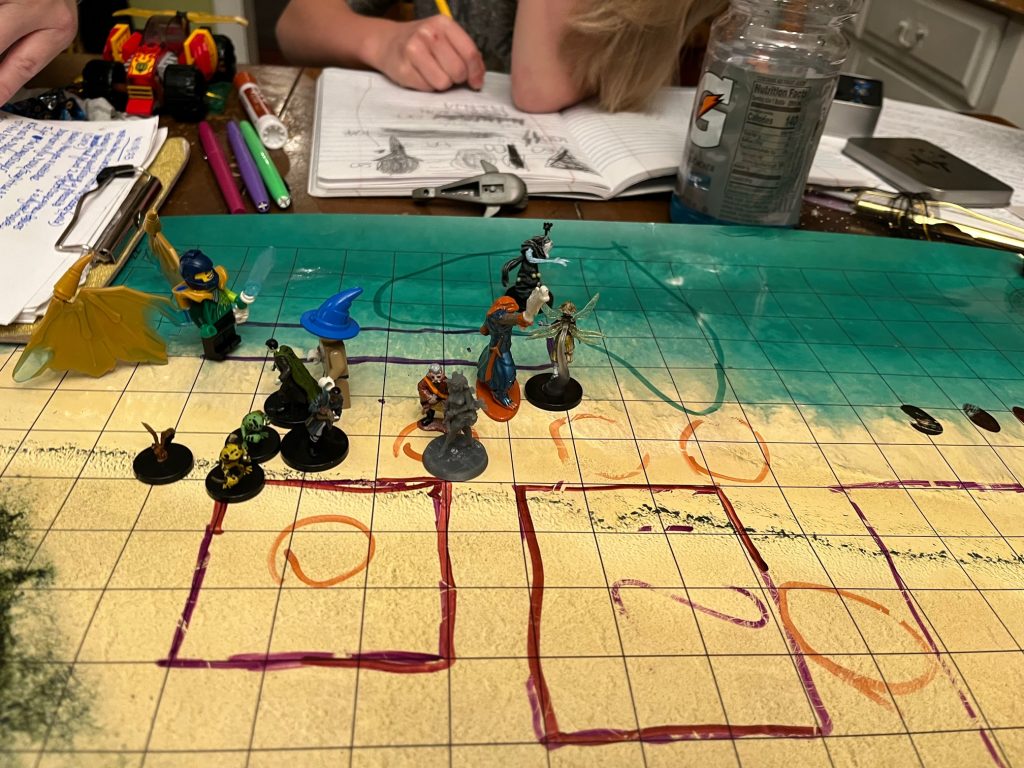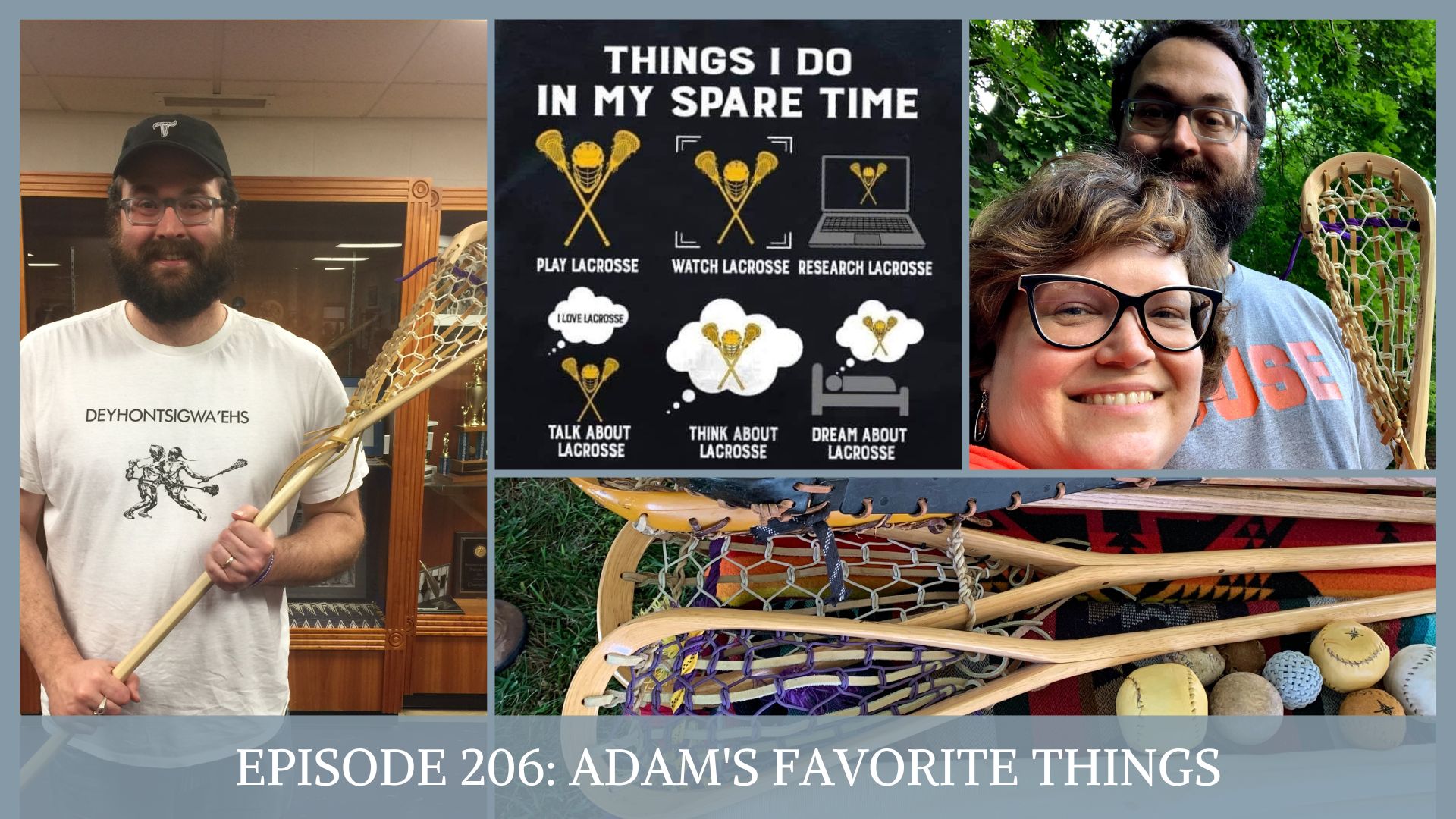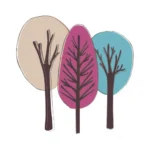EDITORIAL NOTE: We are offering a summer series of “My Favorite Things” this year. And this week, 3MMM Team Member Adam DJ Brett is on the blog. Adam holds a Ph.D. in religion from Syracuse University, where he studied religion, media, and culture. He is an expert in all things web and tech! We think you’ll enjoy reading about some of Adam D.J. Brett’s favorite things… three things that bring him joy!
Deyhontsigwa’ehs (they bump hips)/Lacrosse
Growing up, I was not that much of a sports fan. I much preferred science fiction, philosophy, and theology books. For those of you that know me, this is hardly a surprise. However, when I moved to do my Ph.D. at Syracuse University, I learned about and fell in love with Deyhontsigwa’ehs (lacrosse).
In 2015 Onondaga Nation hosted the World Indoor Lacrosse Championship, and international lacrosse came home. I was fascinated by the whole event, and in 2016 I got involved with the Indigenous Values Initiative and the American Indian Law Alliance, and I helped them host the Haudenosaunee Wooden Stick Festival. It was at this festival that I fell in love with lacrosse. I like to say that this was the moment that lacrosse chose me.
Deyhontsigwa’ehs (lacrosse) is a vital part of the Haudenosaunee Confederacy for those who do not know. The Haudenosaunee Confederacy comprises five original now six nations; from west to east, they are the Seneca, Cayuga, Onondaga, Oneida, Mohawk, and later the Tuscarora. Deyhontsigwa’ehs is the Onondaga word for lacrosse, meaning “they bump hips.” Each of the nations has a different word for lacrosse.
Creator’s Game
For the Haudenosaunee, lacrosse is the Creator’s Game and a medicine. Much more can and should be said about the lacrosse game’s origins, history, and present. If you want to learn more, I recommend watching Spirit Game: The Pride of a Nation and visiting these sites:
- American Indian Law Alliance
- Indigenous Values Initiative
- Haudenosaunee Nationals
- Onondaga Nation
- And there is so much more.
World Championship of Lacrosse
Every four years, the World Championships of Lacrosse take place. This year the world championship took place in San Diego. The United States won gold, Canada silver, and the Haudenosaunee national’s bronze. I love watching and rooting for the Haudenosaunee nationals as they play Deyhontsigwa’ehs (lacrosse), which they chose to share with the world.
They compete on the world stage traveling on their own passports, asserting their sovereignty and status as a Confederacy of original free nations of Turtle Island/Abya Yala (the Western Hemisphere). What I love about watching the world championships is the creativity and generosity of the Haudenosaunee Nationals. The players encourage youth and new countries who have made it to the world stage while reminding everyone that the Haudenosaunee Confederacy and Indigenous nations are still here, flourishing and excelling at what they do best.
What I love about the world games is the ritual, ceremony, community, and affirmations of the inherent rights to self-determination, freedom, and humanity’s responsibilities to Mother Earth and the natural world. The moments outside the game clock are as important as what happens on the field.
Off the Field Lacrosse Moments
- The Haudenosaunee Nationals went early to send greetings from the Haudenosaunee Confederacy to the San Pasqual Band of Mission Indians on whose lands the World Lacrosse Championship was taking place.
- The Haudenosaunee Nationals processed onto the field and marched under their own flag, representing the Hiawatha Belt.
- It is watching the Haudenosaunee get to play their game on the world stage as the original free nation that they are and not march under a colonial banner.
- It is a song and prayer being sung and played as the Haudenosaunee national anthem.
- The Haudenosaunee nationals playing the opening game with some traditional wooden sticks made by Alf Jacques of the Onondaga nation. A man who was loved by all and who just passed away right before the games
- It is Team New Zealand greeting each team with a Haka
Nothing is better than seeing @nzlacrosse perform their Haka 🇳🇿
“A Haka is a ceremonial Māori war dance or challenge. Haka are usually performed in a group and represent a display of a tribe’s pride, strength and unity. Hence why we as a team perform it before a game. Our Haka… pic.twitter.com/2bqciOR1Fs
— TLN 🥍 (@LacrosseNetwork) July 13, 2023
Dungeons and Dragons
It should come as no surprise that I also love Table Top Role Playing Games (TTRPGS) in general and Dungeons and Dragons in particular. My good friends Joe and Cawshis over at the Mid-Geek Crisis talked me into playing D&D, and I still play D&D with them. We used to play in person but now we play online. I love D&D so much that I have started a family game with my niece and nephew and an occasional game at church.
For those who have never played D&D before, it is like a chose-your-own adventure novel. At its best, it is a collaborative narrative storytelling game where the rules are like the general guides for building a house, and the Game Master Game Facilitator is the architect.
Ideally, everyone works together through consensus building to make the blueprints and then build the house. When problems arise, the dice serve as an external mediator of conflict. If the roles are in your favor, then good things happen. If the rolls are not in your favor, then shenanigans ensue. As my friend Cawshis always says, “Failure is fun.” It is when the dice rolls don’t go your way that conflict emerges, and the players must work together for a resolution to solve the puzzle, escape the quandary, or fight the big bad.

Solving Puzzles and Life
What I love about D&D is that it combines my love of myth, ritual, ceremony, collaboration, and teamwork. It is a great way to think through and explore theology and ethics while doing puzzles. My friend Cawshis uses puzzles for children in our games, not because we are children (well ok, maybe) but because when puzzles are embedded well in the game and when solving a puzzle together, it can take a while, and the point of the puzzle is to be an element of the epic, mythic story, not a two-hour sudoku session.
I love the surprise moments and the unpredictability. In our family game, everyone wanted to go on a quest to slay a dragon. To my surprise and befuddlement, we did not slay the dragon upon meeting it. Instead, my niece and nephew decided to befriend the dragon and name the dragon Bob. Now the dragon hangs out, helps in a bookstore, and occasionally supplies our adventuring party with sage advice. In a mythic heroic quest to slay the dragon where surely violence would have occurred, they instead chose peace and friendship, which as a religion scholar, makes me happy.
Learning
Like Erin and EA, I love learning and find myself constantly reading, listening to podcasts, and burning through YouTube videos and Zoom webinars. I’m one of those strange people who loved live video webinars before everyone was on Zoom. Presently I’m continuing to learn about The Doctrine of Discovery, and I would like to invite everyone to listen to:
- Mapping the Doctrine of Discovery Podcast
- Read this educational booklet on the Doctrine of Discovery
- Look at this list of denominations and religious bodies which have repudiated the Doctrine of Discovery and see if yours is on the list. For example, the Baptist World Alliance recently repudiated the Doctrine of Discovery.
- I would also like to invite you to come to Syracuse for a conference in December.
- There are so many podcasts I would love to mention, like my friend and colleague Erin Robinson Hall’s podcast, my sister-in-law Emily Humphries’ podcast Simply Stories, and so many others.
- I would like to end on a different note and lift a wonderful list of 8 Indigenous Podcasts by the Red House Series.
- Mapping the Doctrine of Discovery Podcast




